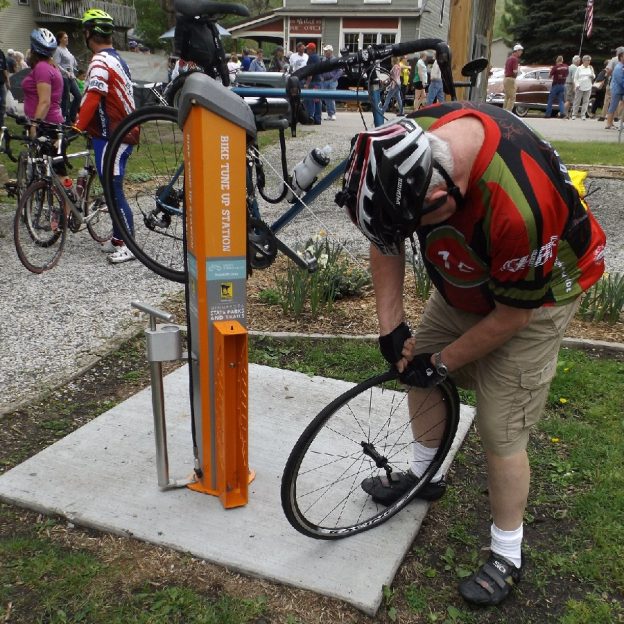Tag: Bike tire repair
-

An emergency bike tire boot repair option
Finding a public Bicycle Fix-it Station is an added bonus when doing a bike tire boot repair from a blow out while out riding.

Finding a public Bicycle Fix-it Station is an added bonus when doing a bike tire boot repair from a blow out while out riding.